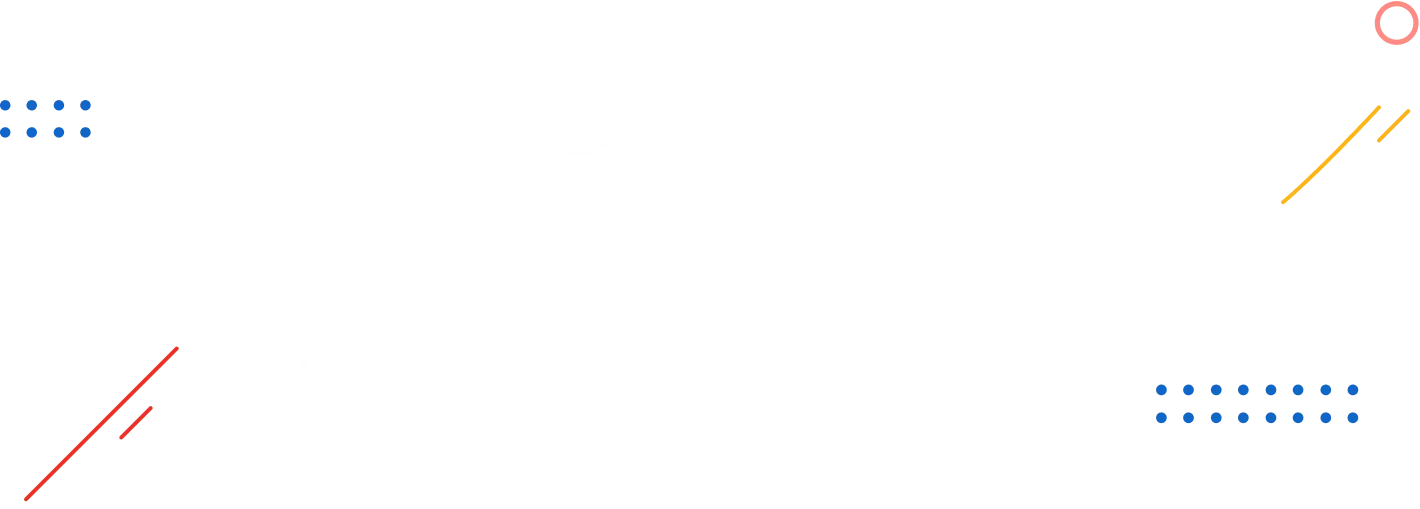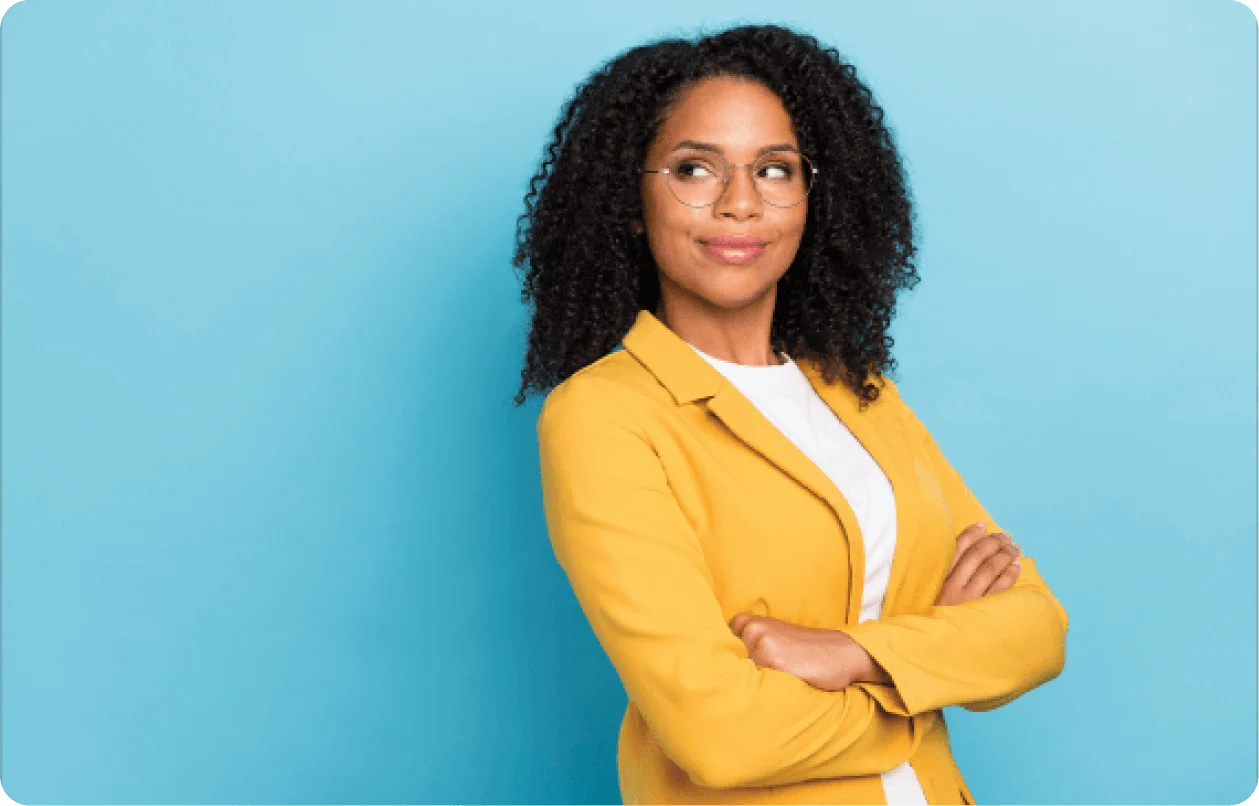Innovators are creating new ways to converge physical and digital spaces. But it is user behavior that will shape the metaverse
Almost everybody is talking about the metaverse. And almost everyone has their idea about what it is. Definitions range from a universal technology platform to a virtual space where the digital-first generation can express themselves better, with many variations in between.
Simply put, the metaverse is a convergence of our physical and digital worlds. It brings interoperability between the two, so we can stop browsing the internet and start inhabiting a shared virtual space, much like we do in the physical world. That may seem unachievable in our lifetimes, but 30 years ago, everybody thought the same about the internet too. Many innovations we embrace today are already moving us into the metaverse.
Just think about how games like Fortnite and Roblox fuse virtual reality (VR) and augmented reality (AR) experiences. Enabling players worldwide to meet in the same space and build their games has turned companies like Epic Games and Roblox Corporation into billion-dollar organizations over the past decade.
Education and work are also entering the metaverse. During the pandemic, schools used virtual classrooms to enable remote education. It provided a space where the students could have close to real-life classroom experiences in the safety of their homes. Companies are using similar technologies to onboard and train new staff.
In the office, VR allows people to move around and converse with colleagues as they would in a physical environment. Currently, this is an early-stage capability and is naturally quite clunky.
Brands also leverage the metaverse to engage with the digital-native consumer generation, who is extremely discerning and expects instant gratification. Through the metaverse, brands can meet those consumers where they are and create simple, frictionless ways of engaging that deliver a seamless experience. For instance, the IKEA Place app uses AR so customers can virtually place furniture items in their homes before buying. Gap’s collectibles, which are gamified non-fungible tokens (NFTs), give customers exclusive merchandise while helping the company understand how consumers want to engage in a digitally-led world. Meanwhile, Samsung recently launched its new products at a virtual replica of its Manhattan flagship store – where it was most likely to meet its earliest adopters.
If some of these examples seem commonplace, they are the building blocks of a metaverse already integrating into our physical world.
But where is this journey taking us? It certainly holds exciting possibilities for the good of society. In a world of blended digital and physical experiences, for example, people who cannot travel because of age or health issues can still experience distant parts of the world. Haptic sensors and VR can enable a doctor to observe a patient’s symptoms while sitting on a different continent. Developments like these could make the metaverse a means of improving people’s quality and quantity of life worldwide.
To ensure that is the case, we must find the best way for people of all generations to experience the spaces we are creating. But like any innovation journey, the road to the metaverse will be rocky and winding. We must learn from the positive and negative experiences along the way and apply that learning to prevent or quickly correct mistakes.
Establishing the relevant frameworks will be essential. In the physical world, we live by communication, commerce, infrastructure, and governance frameworks that have developed over hundreds of years. Wherever we go, we have a consistent sense of who we are in relation to the people around us. Now, we need to do all that in the metaverse as well.
As a part of that, we must create a new digital code of ethics to ensure each person’s experience is safe, positive, built with the right intentions, and enables the right outcomes. Governance always follows innovation – after all, you can’t establish rules for something that has not yet been properly defined – but it can’t afford to get left behind. Fractal’s mission of delivering AI for good, with minimal bias, is part of a developing framework for technology use. Now, we must apply the same to the metaverse.
Ultimately, the way people use the metaverse will shape it. As more of us get on board, a clearer definition of the metaverse and the risks and opportunities it brings will emerge. That’s why the creators of the metaverse must build their infrastructure, applications, and experiences with an understanding of what drives people’s behavior and how to work with their biases. If we can do that, the results will be magical.









